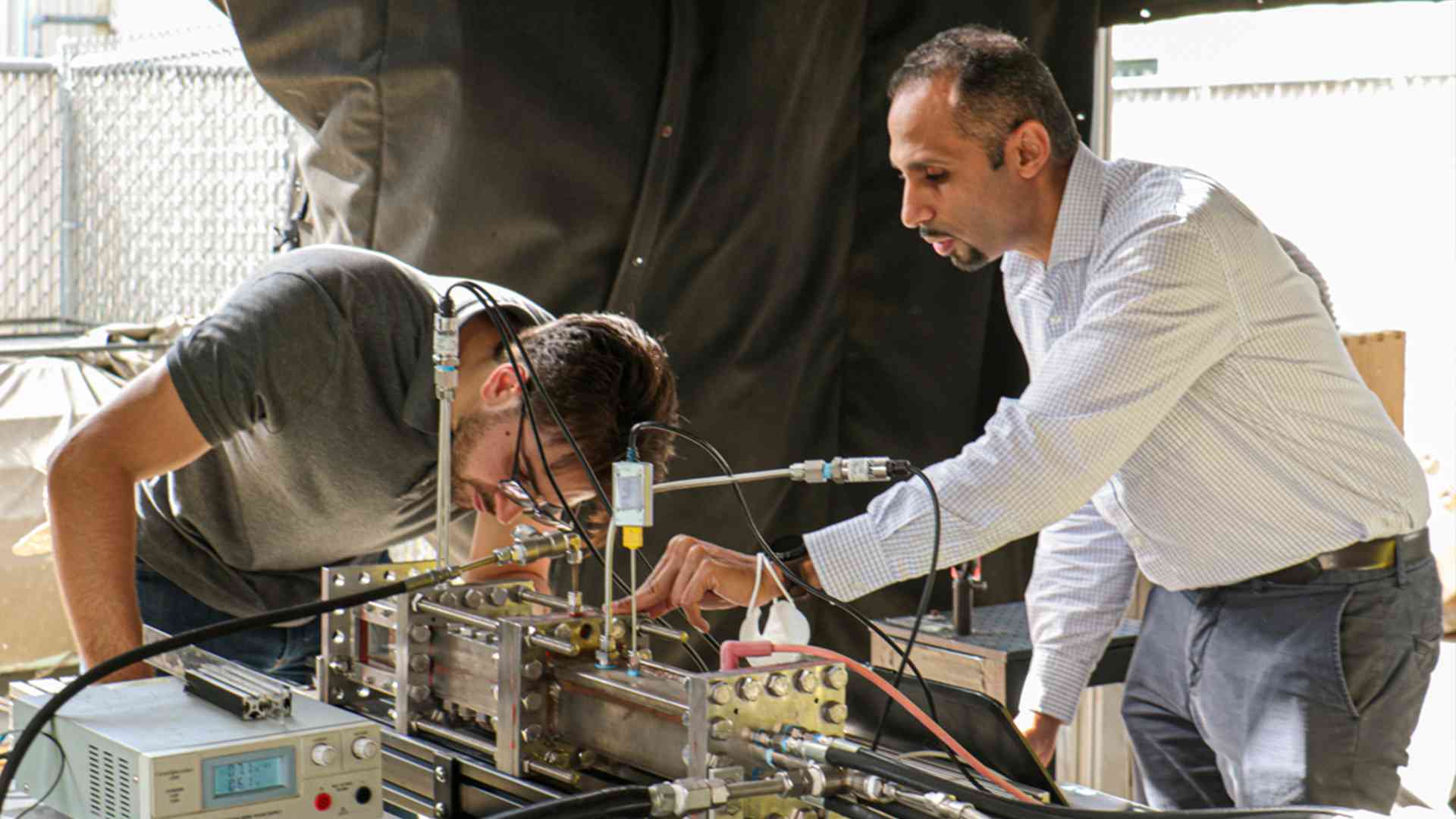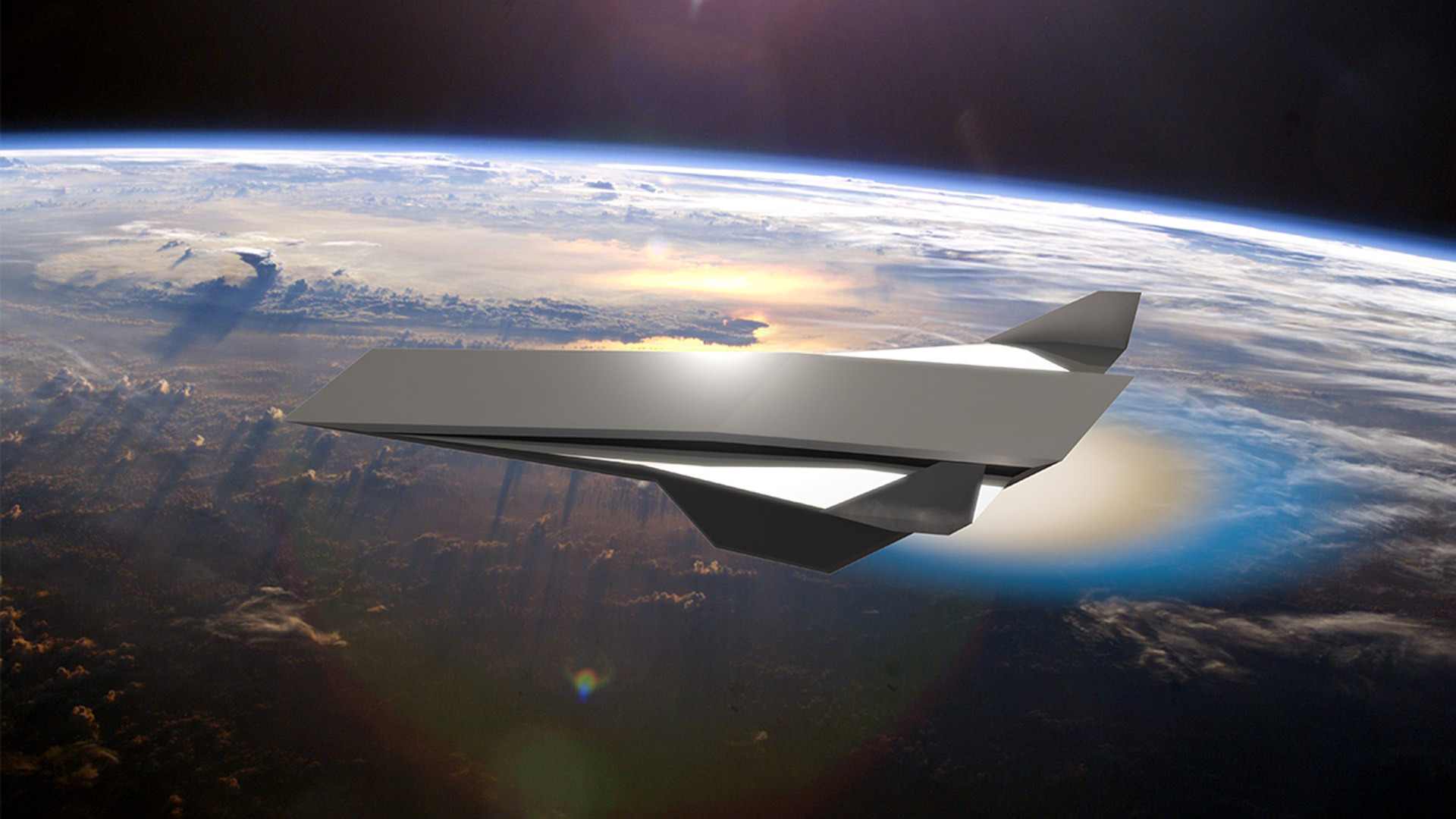| | | | | | | Presented By University of Central Florida | | | | Axios Science | | By Alison Snyder · May 19, 2022 | | Thanks for reading Axios Science. This week's newsletter is 1,344 words, a 5-minute read. 🎧 Listen to the latest episode of our podcast "How It Happened: Putin's Invasion Part V: The fight for the Donbas" out today. It's told through the eyes of a journalist who has been covering the war there and a soldier who has been fighting there, both since 2014. | | | | | | 1 big thing: Climate change harms vital tool to combat it |  | | | Illustration: Megan Robinson/Axios | | | | Climate change may be harming the carbon-capturing capabilities of Earth's forests. Why it matters: Climate models may not be accurately factoring how much carbon can be captured by Earth's trees — and how forests will be affected by climate change. They may be overestimating forests' ability to take in carbon, which means they are underestimating future global warming. - It may also mean selling forest carbon offsets to reduce emissions may not be worth as much as companies think.
- "We could be betting a lot on forest offsets that may not have a lot of benefit by end of the century," says William Anderegg, an ecologist at the University of Utah.
The big picture: Earth's temperate, boreal and tropical forests capture a massive amount of carbon — roughly 20%-25% of the CO2 humans emit each year by one estimate. What's new: The death rate of trees in the tropical forests of North Queensland, Australia, doubled between 1984 and 2019, according to a study published this week in Nature. - The researchers suspect that's linked to climate change: Over that same period the vapor pressure deficit (VPD) — a measure of how quickly the air robs plants of moisture — increased in this region.
- An increase in VPD has been linked to a spike in wildfire risk, in which it plays the "role of a sledgehammer," study authors Sean McMahon and David Bauman of the Smithsonian Environmental Resource Center tell Axios in an email.
- But in forests, some tree species may be resistant, tolerant or resilient to VPD increases, whereas it can stress others, they added. Increases can directly kill trees or make them more vulnerable to drought, disease and pathogens. But, the authors caution, it is difficult to ascribe tree death to drought.
In another study, Anderegg and his colleagues found the risks posed to trees by wildfires, drought and insect outbreaks through the end of the 21st century may be pervasive, especially in the western U.S. - "In a scenario with medium emissions, wildfire risk is projected to increase by a factor of four. Drought and insect risks increase by about 50% to 80%," they wrote in Ecology Letters.
Zoom in: More CO2 in the air and higher temperatures are expected to spur the growth of trees from supercharging photosynthesis. - But it's an open question whether photosynthesis or the expansion and division of cells that make up wood drives tree growth.
Using tree ring data from thousands of trees in the U.S. and Europe and measures of changes in CO2 in the air that are a proxy for photosynthesis, Anderegg and his colleagues tried to answer that question. If rates of photosynthesis and tree growth increased or decreased at the same time, it would point to photosynthesis as the driving force. - But they found little evidence of that in the study areas, which are located in temperate and boreal forests. That may mean current models, which funnel CO2 increases into tree growth and predict trees can lock up more carbon, may be overestimating how much carbon forests can — and will — sequester, Anderegg says.
- The study is limited to boreal and temperate forests as well, underscoring the need for more data from the tropics, the researchers said.
What to watch: Future forests will remove carbon each year and store it for centuries — but existing forests have already accumulated carbon and could capture more. - Trees that are harvested can take decades or a century to release the carbon stored in them. But left to grow another century, they could capture even more carbon, says William Moomaw, a professor emeritus of international environmental policy at Tufts University. (Trees grow faster later in their life — and bigger trees store more carbon.)
- Moomaw advocates for what he calls pro-forestation, which essentially means to grow forests and could include increasing the time between harvests so trees can capture more carbon.
The bottom line: "Forests can store CO2 for centuries but will they survive climate stresses in [the] 21st century?" Anderegg says. |     | | | | | | 2. Catch up on COVID |  Data: N.Y. Times; Cartogram: Kavya Beheraj/Axios COVID cases are rising in nearly every U.S. state, per Axios' Tina Reed and Kavya Beheraj. The FDA authorized booster doses of the Pfizer-BioNTech coronavirus vaccine for children between 5 and 11, per Axios' Oriana Gonzalez. Researchers are trying to measure COVID's costs in years lost to disability and death — a key figure governments use to determine how to spend health care budgets, Holly Else writes for Nature. |     | | | | | | 3. NASA will test female dummies in space |  | | | Illustration of the "crew" of the Artemis 1 mission to the Moon. Image: Courtesy of NASA/Lockheed Martin/DLR | | | | NASA's Artemis missions, which aim to send a human crew — including a woman and a person of color — to the Moon by 2025, will shoot female dummies into space first to test the effects of radiation on them, Axios' Jennifer Kingson writes. Why it matters: Artemis is a prelude to sending human astronauts to Mars, NASA says, and "women appear to be at a greater risk of suffering from the harmful effects of space radiation" than men, Gizmodo reports. What's happening: This summer, the first of three planned Artemis missions is expected to launch into orbit — not with humans, but with "two identical 'phantoms' representative of the female body," according to the German Aerospace Center, the NASA partner that developed the mannequins. - The dummies, nicknamed Helga and Zohar, will include "more than 10,000 passive sensors and 34 active radiation detectors," said the German Aerospace Center, or DLR.
- The mannequins will "investigate radiation exposure throughout the flight, which may last up to six weeks."
Details: The German agency says the twin mannequins are "modeled on female bodies" and made from "materials that mimic human bones, soft tissues and organs of adult women." - Women are at greater risk of cancer than men, "so different radiation boundary values always apply to female astronauts," the DLR said.
- "However, so far, there have been no sex-specific measurements using phantoms in space."
- Helga will fly to the moon unprotected, while Zohar will wear a newly developed radiation vest called the AstroRad.
The big picture: Solving the radiation problem will help NASA with its long-term goal of getting humans to Mars. Outside of Earth's protective shield, human bodies are far more vulnerable to the harmful effects of radiation. |     | | | | | | A message from University of Central Florida | | Unleaded or Hypersonic? | | |  | | | | The University of Central Florida was granted a $1.5 million U.S. Department of Defense award to develop high-performance fuels for hypersonic propulsion. Why it's important: Five times greater than the speed of sound, hypersonic speeds will pave the way for the future of travel and defense. | | | | | | 4. Worthy of your time | | What's known about the monkeypox outbreak (Eileen Drage O'Reilly — Axios) Puberty starts earlier than it used to, and no one knows why (Azeen Ghorayshi — NYT) SIDS is still a tragic mystery, despite claims the "cause" has been found (Ed Cara — Gizmodo) Science education in an age of misinformation (Jonathan Osborne et al — Stanford University) |     | | | | | | 5. Something wondrous |  | | | Jaguars in Colombia. Photo: Courtesy of the Wildlife Conservation Society | | | | More than 120,000 camera trap images of hundreds of wildlife species from across the Amazon Basin were captured by scientists as part of a new study examining the biodiversity hotspot, Axios' Laurin-Whitney Gottbrath writes. Why it matters: It's the most extensive photo database of wildlife in the Amazon Basin — giving scientists a detailed look at the diversity of species there and new ways to study the effects of habitat loss, fragmentation and climate change in one of the world's most threatened environments. How it works: More than 140 scientists from 122 research institutions and nature conservation organizations collaborated on the study published in the journal Ecology. - Examining camera trap images from 2001 to 2020, the researchers identified 289 species — 166 birds, 111 mammals and 12 reptiles — across 143 field sites in eight countries: Brazil, Bolivia, Colombia, Ecuador, French Guiana, Peru, Suriname and Venezuela.
- Mammals, including jaguars, the giant anteater, Andean bears and pumas, were recorded most, followed by birds like the harpy eagle and toucan, and then reptiles.
What they're saying: The study pulls together camera trap datasets and research that until now had been scattered across different papers and research organizations, says Robert Wallace, director of the Wildlife Conservation Society's Greater Madidi-Tambopata landscape conservation program and a co-author of the study. - "We think it's absolutely critical to share data, and it's particularly important because of, obviously, the changing scenarios in the Amazon, and also, of course, climate change," he tells Axios.
- From a scientific perspective, the database also allows researchers to continually revisit the data as new analytical techniques evolve, Wallace adds.
|     | | | | | | A message from University of Central Florida | | N.Y. to L.A. in under 30 min? | | |  | | | | The University of Central Florida is developing a propulsion system that could pave the way for hypersonic flight. The deets: Traveling at Mach 6 to 17 — up to 13,000 mph — harnesses the power of a detonation wave, improving jet propulsion and generating more power while using less fuel. | | | | Big thanks to Laurin-Whitney Gottbrath and Andrew Freedman for editing, Megan Robinson for this week's illustration and Carolyn DiPaolo for copy editing this edition. Sign up here to receive this newsletter. |  | It's called Smart Brevity®. Over 200 orgs use it — in a tool called Axios HQ — to drive productivity with clearer workplace communications. | | | | | | Axios thanks our partners for supporting our newsletters. If you're interested in advertising, learn more here.
Sponsorship has no influence on editorial content. Axios, 3100 Clarendon Blvd, Suite 1300, Arlington VA 22201 | | | You received this email because you signed up for newsletters from Axios.
Change your preferences or unsubscribe here. | | | Was this email forwarded to you?
Sign up now to get Axios in your inbox. | | | | Follow Axios on social media:    | | | | | |









No comments:
Post a Comment